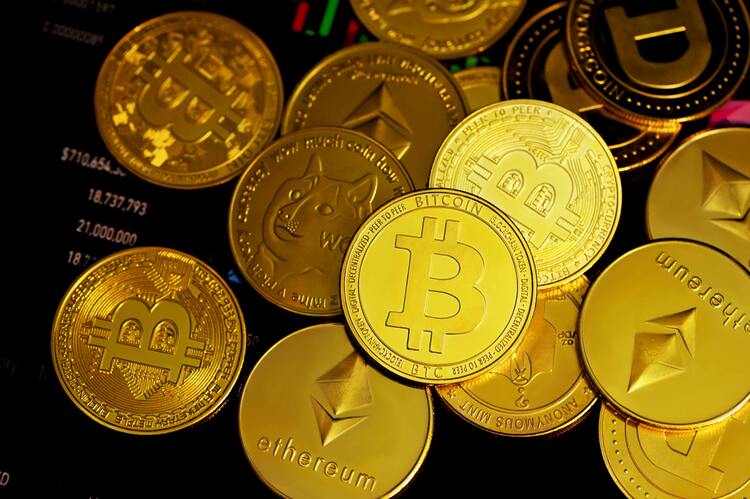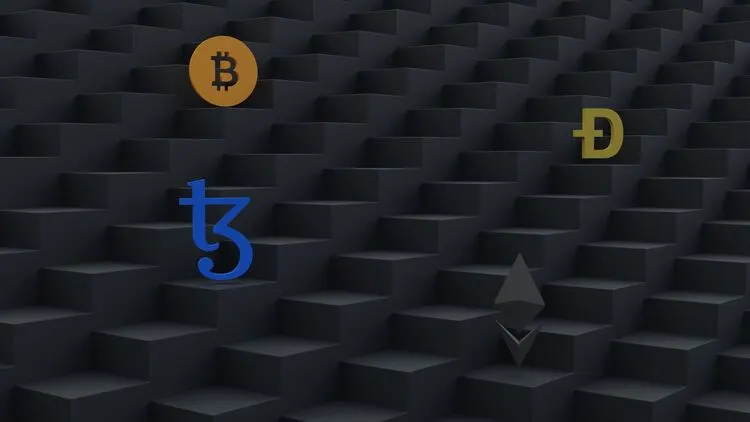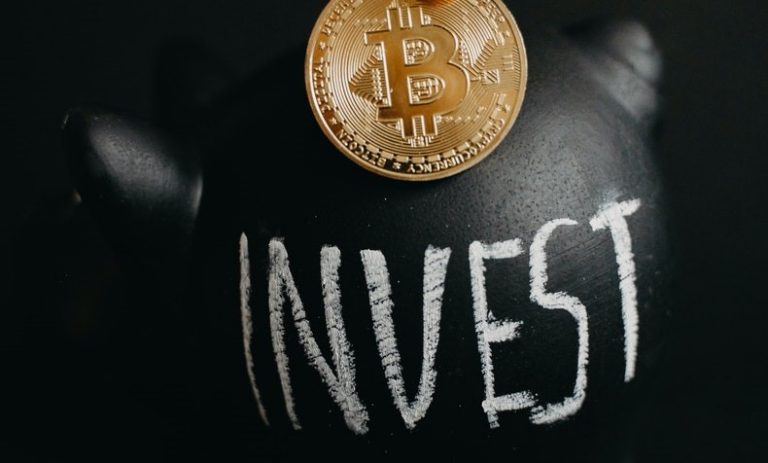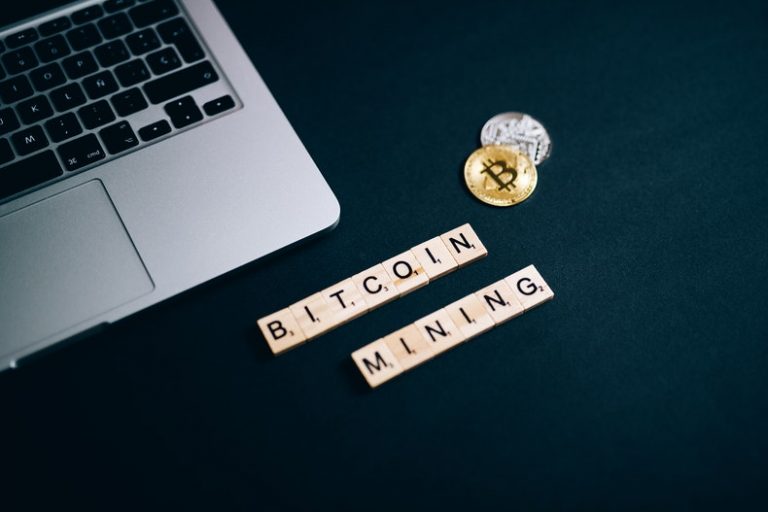What Are The Fundamental Differences Between Stablecoin and Bitcoin?
Stablecoins are similar to cryptocurrencies having their value backed with a collateralized asset that can be a fiat currency, commodity, or even an explicit cryptocurrency. Stablecoin aims to offer a second option to the peaking volatility of famous digital currencies like bitcoin and Ethereum. The volatility has turned decentralized cryptocurrencies into a not-so-suitable investment option for people who always wanted to play it safe regarding investment and trading.
Why Are Stablecoins So Important?
Though cryptocurrencies such as bitcoin have maintained a higher reputation and market value in the financial spectrum, it is intended to go through wild price fluctuations multiple times in a single time. The undeniably volatile nature of bitcoin makes it a gold mine for traders. Still, as a medium of exchange, price fluctuations always lower the reputation of bitcoin as people prefer to go with safer options when conducting any transaction. Platforms like quantum-ai-trading leverage top-notch trading tools and analysis to provide better insights into bitcoin trading to beginners
First, no cryptocurrency is a legal tender except bitcoin in El Salvador. Combined with the volatility these digital currencies suffer from, cryptocurrencies should be your last as a medium of exchange. Even if a currency is not legalized in a nation as an actual payment method, it must offer a relatively high degree of stability.
When we look at Bitcoin’s strength in terms of payments, remittances and lending to small businesses, it’s clear that digital currencies have tremendous potential to help developing countries improve their economies and the lives of their citizens. Therefore they are not regulated by any government or central bank in particular and are thus untaxed. In addition, Bitcoin transactions do not require a 3rd party intermediary such as a bank or credit card company. Therefore there is no transaction cost for the buyer or seller of a good or service.
What Kinds of Stablecoins Are There?
Digital currency enthusiasts are debating that stablecoins are a much better option than the USD dollar, which is available everywhere. However, bitcoin maximalist, on the other hand, believes that the future of money is decentralized, where people will not have to rely upon any central bank, and they will have complete control over their money. Now talking about the types of stablecoin, there are three famous classes of stablecoin based upon the collateralized asset.
Fiat-Collateralized Stablecoins
Fiat-collateralized stablecoins have made leaps and bounds in the finance industry. By looking at the name, it is evident that these currencies utilize national currencies as their collateralized asset. Most stablecoins utilize USD as their fiat collateral because it is the currency that is widely available and acceptable. Moreover, the value of USD has only increased in the international market so far. Tether is one example of a fiat-collateralized stablecoin, and recently, Binance announced its BUSD.
Crypto-Collateralized Stablecoins:
Where fiat collateralized stablecoins utilize fiat currencies as their backing asset or reserving asset, these stablecoins utilize cryptocurrencies as their reserve asset. Since the backing asset is a cryptocurrency, they have relatively high volatility compared to the stablecoins mentioned above. Cryptocurrency as a reserve for currency is not that beneficial; almost every cryptocurrency suffers from high volatility, which also makes the stablecoin volatile. But some stablecoins are over-collateralized with cryptocurrencies as the value of these stablecoins can increase from the reserving asset.
Algorithmic Stablecoins
Algorithmic stablecoin does not necessarily have a reserving asset. So to maintain stability, they use a supply and demand algorithm and this algorithm is nothing but an ordinary program running on a computer.
Key takeaways:
Stablecoins are counted as one type of cryptocurrency intended to be less volatile because their value is pegged with a safe haven asset such as gold and USD.
Stablecoin has a higher use case than decentralized cryptocurrencies, as they are less prone to manipulation, financial crisis, and rapid devaluation. As a medium of exchange, when stablecoins are compared with cryptocurrencies, the scope of losing money is much higher in a decentralized digital currency than in a stablecoin.
As discussed above, stablecoins may have their store of value pegged or linked with an explicit currency which can be both fiat or crypto, or it can also be linked with a commodity such as gold or silver.
Stablecoin has a highlighting feature that makes it safer than cryptocurrencies which are not interfered with by any third parties. Price stability is one of the highlighting features of these currencies. There are numerous methods by which these coins maintain stability, one of them being reserve assets being the security and the second with the help of algorithm formulas.
Stablecoins are still under scrutiny by government authorities as no specific regulatory framework is subjected to these currencies.







